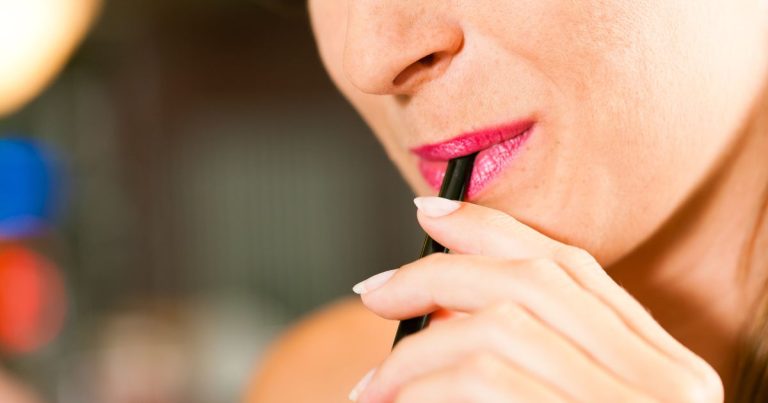Here’s what voice guru Dr Ingo Titze thinks you should know about semi-occluded vocal tract exercises (SOVTs).
Many singers include SOVTs in their practice regimes to improve balance and stamina.
From lip trills, vocalising with puffy cheeks and singing through a straw, there are various SOVTs for singers to choose from.
But – despite their widespread use – there is still some confusion around SOVTs. (Perhaps it’s the convoluted name. SOVT simply means any exercise where there is partial closure of vocal tract at any point above the vocal folds).
To shed more light on the subject, BAST Training spoke to leading voice scientist Dr Ingo Titze.
Here’s what he had to say.
SOVTs don’t require a lot of thinking
“SOVTs are not something you do with a lot of cognitive involvement. Too much brain work is not helpful,” Dr Titze says.
“You don’t have to think about it because so much passively adjusts itself.”
With straw exercises, in particular, don’t overthink things.
“Let the straw do it for you,” he says. “If you’re trying to make something happen, you might as well just put the straw away because then you’re not letting the resistance change.
“I want to instruct people just to put the straw in, allow it to be and reap the benefits.”
There’s no one-size-fits-all approach
“Sometimes a really narrow straw can be a little too much for someone the first time they do it,” Dr Titze says.
“A singer with a very breathy voice will not be able to produce a sound with a very narrow straw.
“Going to a wider one and graduating to a narrow straw is helpful for them and diagnostic. They start to realise that they’re getting better closure. If there’s some stiffness of the vocal folds, they notice that pliability comes back.”
Getting results with SOVTs
For the best results, Dr Titze recommends doing SOVTs every day.
“Then, after four weeks, it is very well embedded into the motor planning of the individual,” he says.
“Often the benefits last several months after that without doing much of anything.”
The benefits of using a straw in water
“Immersing a straw or a tube into water will immediately add oral pressure,” he says.
“But there is a second benefit – you see the flow occurring. Singers like that they get a feel for how much flow is coming through the system because they can see bubbles.”
SOVTs can also be used for inhalations
Did you know you can use SOVTs for inhalatory practice, as they allow for strengthening and releasing muscles?
“Sometimes we contract muscles we shouldn’t, or we have some resistance in the tissues. It’s just as important to relax muscles as to activate or contract them.”
One artist who does this is renowned opera singer Renee Fleming.
“She is more interested in using a lot of resistance in inhalation than in exhalation,” he says.
“Renee uses a straw or whatever when she wants to get a deep breath – she says that’s when her rib cage really expands. So, she uses SOVTs to train to get that quick and very large breath increase with the rib cage.”
Learn more
Listen to our full interview with Dr Ingo Titze and Karin Titze Cox on the Singing Teachers Talk podcast.
Image credit: Canva




